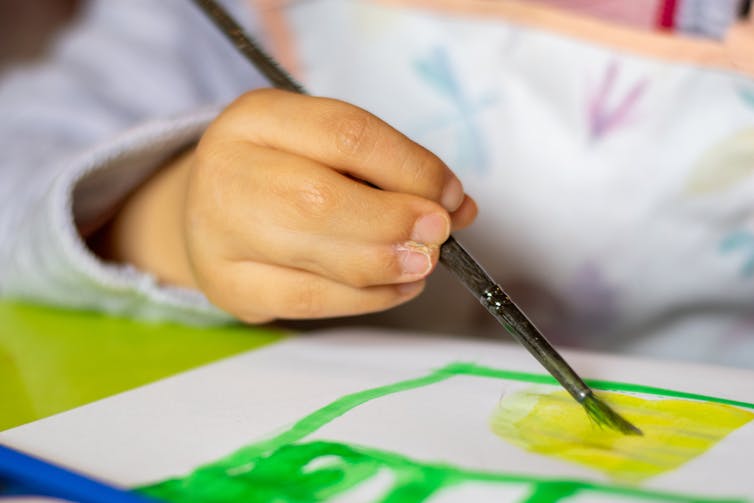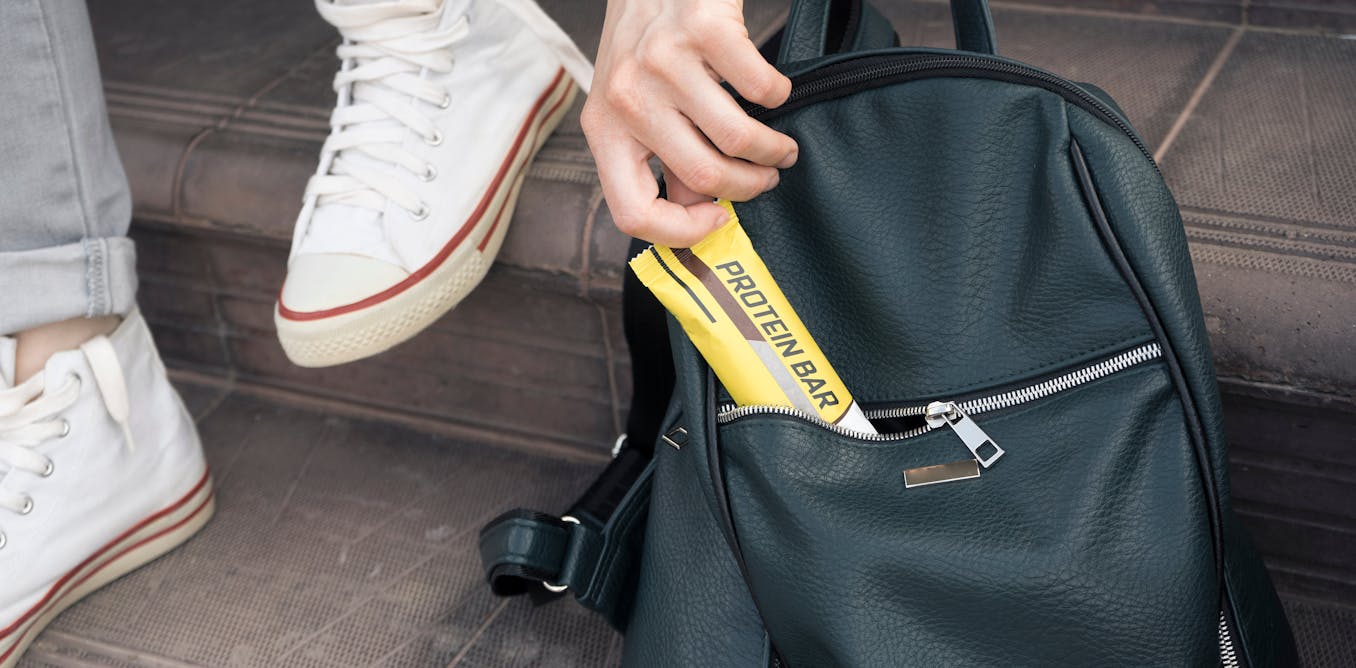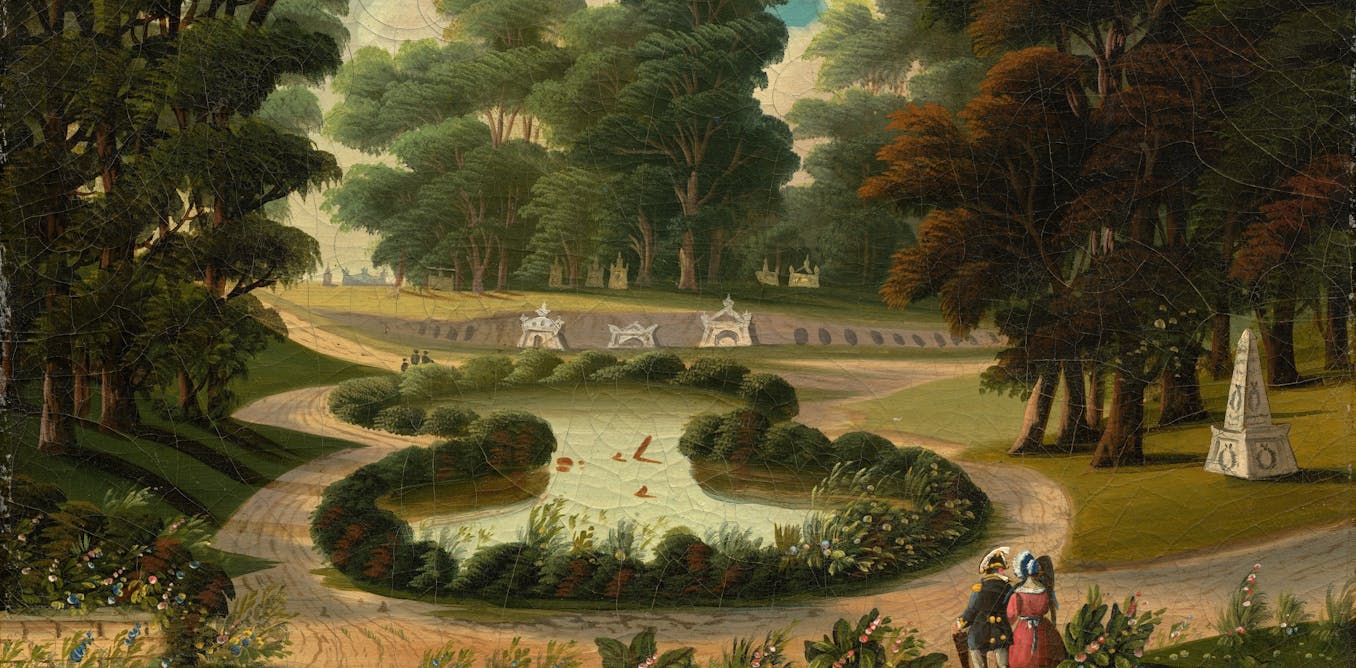A common anatomical variation is being born with more than ten fingers or more than ten toes.
Former Doctor Who actor David Tennant this week confirmed he has 11 toes. He says he was born with an extra toe on his right foot, meaning he has polydactyly.
Here’s how this anatomical variation occurs, and how common it really is.
Let’s start in the womb
The term polydactyly is derived from the Greek poly (meaning many) and dactyly (referring to fingers or toes or digits). To understand it, we need to start with how an embryo develops in the womb.
Developing hands and feet start as limb buds, which look like little flat paddles. But with polydactyly, an extra finger or toe grows from the limb bud.
Based on the research literature, about one in 700–1,000 people born have polydactyly. Having an extra finger on the side of your little finger or having an extra toe on the side of your little toe is the most common form.
If the extra digit doesn’t have bone, or has poor muscle connections to the hand or foot, it won’t work. So it is usually cut off or tied off with a suture (specialised medical string) straight after you are born.
Sergey Novikov/Shutterstock
Less commonly, people are born with double thumb tips or an extra thumb. Seeing as we use our thumbs so often, an orthopaedic surgeon may need to remove the extra bones to improve use of the thumb.
The rarest type of polydactyly affects the fourth finger (ring finger) or the second toe (next to your big toe).
Does it run in families?
Ten known syndromes (groups of associated symptoms) are linked to polydactyly: Bardet-Biedl, McKusick-Kaufman, Carpenter, Saethre-Chotzen, Poland, Greig cephalosyndactyly, short-rib, Pallister-Hall, Triphalangeal thumb and Smith-Lemli-Opitz. Many of these are rare syndromes people are born with, usually affect the head and upper limbs, and will have been diagnosed by a paediatrician early in life.
If you have polydactyly and you don’t have one of those syndromes, it means you inherited a dominant mutated gene from your ancestors. In other words, one of your parents would have passed this on to you when you were conceived.
Tennant does not appear to have any of these syndromes. So we can probably presume he inherited a mutated copy of a gene related to his polydactyly from one of his parents.
How about webbed fingers and toes?
Another common anatomical variation is when people have fused or “webbed” fingers or toes, known as syndactyly. This term comes from syn (meaning together with) and dactyly (referring to fingers or toes).
Syndactyly also arises in the womb. When individual fingers and toes develop from the paddle-like limb buds, cells in between the growing fingers and toes have to die and disappear. But if the cells don’t die and disappear, they can cause webbing or fusing.

JorgeMRodrigues/Shutterstock
Based on the medical literature, about one in 2,000–3,000 people born have syndactyly. So it’s about three times less common than polydactyly.
There are nine different types of syndactyly, and 11 syndromes associated with it. Eight of the syndromes are also associated with polydactyly. The other three are Apert and Pfeiffer syndromes, and acrocephalosyndactyly.
For most types of syndactyly you only have to inherit one mutated copy of the gene from one parent to get the variation.
American actor Ashton Kutcher looks to have syndactyly, with his skin fused to the first joint between his second and third toes.
In a nutshell
You might be surprised how common anatomical variations are in your fingers and toes, whether that’s having an extra digit, like Tennant, or fused ones, like Kutcher.
But these are just a few examples of the rich diversity of variation in our anatomy, some of which are visible, some not.
Read more:
A man lived to old age without knowing he may have had 3 penises

The post “Actor David Tennant has an extra toe. Two anatomists explain what’s so fascinating about polydactyly” by Amanda Meyer, Senior Lecturer, Anatomy and Pathology, James Cook University was published on 02/06/2025 by theconversation.com





































Leave a Reply